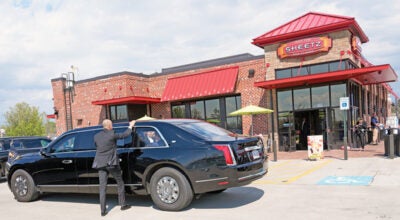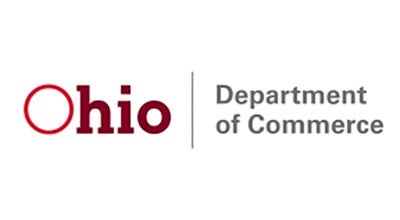Child Welfare Group donates $1,400 for purchase of SMART Board
Published 10:07 am Friday, March 20, 2009
Students within the Ironton school system will soon add another high-tech learning instrument to a growing list of education tools thanks to the generosity of Child Welfare Club.
The civic group presented a check for $1,400 Tuesday to the Ironton Board of Education and Superintendent Dean Nance for the purchase of a state-of-the-art SMART Board.
When purchased, the new SMART Board will bring the number of interactive whiteboards throughout the district to nine.
Child Welfare President Cindy Brown and Vice President Jane Griffith presented the donation. During the check presentation, Brown and Griffith challenged all the civic groups within Ironton to match their donation.
Tuesday’s donation marks the second time in less than a week that the Child Welfare Club has made a donation toward the children of Ironton. On March 14, the group presented a check for $1,000 to Ironton Mayor Rich Blankenship to be used for construction and development of the Ironton Skate Park.
“On behalf of the Ironton Board of Education and myself, I would like to extend our appreciation for this generous donation from the Child Welfare Club, as well as all of the support that that this club has shown the Ironton City Schools over the years,” Nance said.
Nance added that a plaque thanking the Child Welfare Club would be dedicated in the classroom where the SMART Board would be installed.
Ironton schools currently have eight operating SMART Boards within the district and are looking for an additional 30, Nance explained.
All previous SMART Boards were purchased through state education grants. Teachers within the district were required to complete an in-service tutorial in how to operate the program.
A product of Canadian-based SMART Technologies, SMART Boards are large, touch-controlled interactive whiteboard screens that work with a projector and a computer.
The projector transmits the computer’s desktop image onto the interactive whiteboard, which acts as both a monitor and an input device.
Teachers and students can write on a SMART Board in either digital ink or by their finger to control computer applications by pointing, clicking and dragging — similar to a desktop mouse.
Interactive whiteboards are currently used in many classrooms as replacements for standard whiteboards, blackboards and flipcharts. They also have substituted many of the DVD and television combinations schools have used for years.
SMART Boards are usually mounted on a wall or a floor stand. The first SMART Board was introduced in 1991, and as of 2008, more than 800,000 have been sold.
It is projected that 15 percent of all classrooms nationwide will have interactive whiteboards by 2011.





